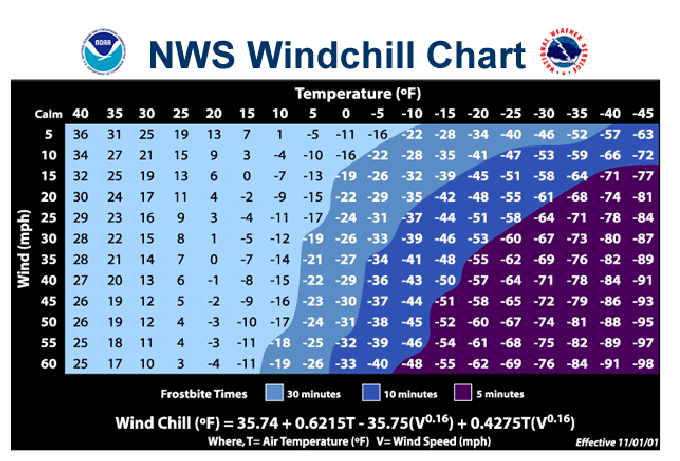WASHINGTON — The combination of frigid temperatures and high winds can do more than down power lines and freeze pipes. It can be downright dangerous to your health.
In the extreme cold, you have to worry about frostbite and hypothermia.
Frostbite can sneak up on you, and the National Weather Service says all it takes is 30 minutes of exposure when the wind chill is minus 20 for the telltale signs to appear.
“The person with frostbite will start saying ‘I feel numbness, sometimes tingling, even itching or burning'” says Dr. Suzie Miller, an ER physician at INOVA Fairfax Hospital.
She says in severe cases of superficial frostbite, there can be clear blisters. And because of the numbing, a person with frostbite might not even notice it until someone else calls it to their attention.
In a video posted on the Fairfax County website, Miller says anyone with signs of frostbite should get out the cold immediately.
“The first thing to do is find shelter, to remove and wet or cold clothing, take off any jewelry that might be constricting, put on loose dry clothing, and then get to a hospital as soon as possible,” she says.
Frostbite is actually a type of frost burn. Hypothermia is very different.
It occurs when we lose heat faster than we can produce it, and the body temperature falls below 95 degrees Fahrenheit.
“First you will notice that a person is shivering,” Miller says, “and that is because the body wants to use the muscles to create heat.”
As the body gets colder, a person with hypothermia can become confused, start slurring their speech, or even start staggering or become very clumsy — symptoms that in a way, look a bit like a stroke.
The best way to prevent frostbite and hypothermia is to simply stay inside when the temperatures plummet to dangerous levels.
But if you go out, dress properly for the weather. Wear several layers of lightweight warm clothing, and make sure the outermost layer is water repellent. Mittens are a better bet than gloves in frigid temperatures, and don’t forget a hat or hood to prevent heat from escaping through the top of the head.
Below is a chart from the National Weather Service that calculates the dangers of prolonged exposure to winter winds and freezing temperatures.








